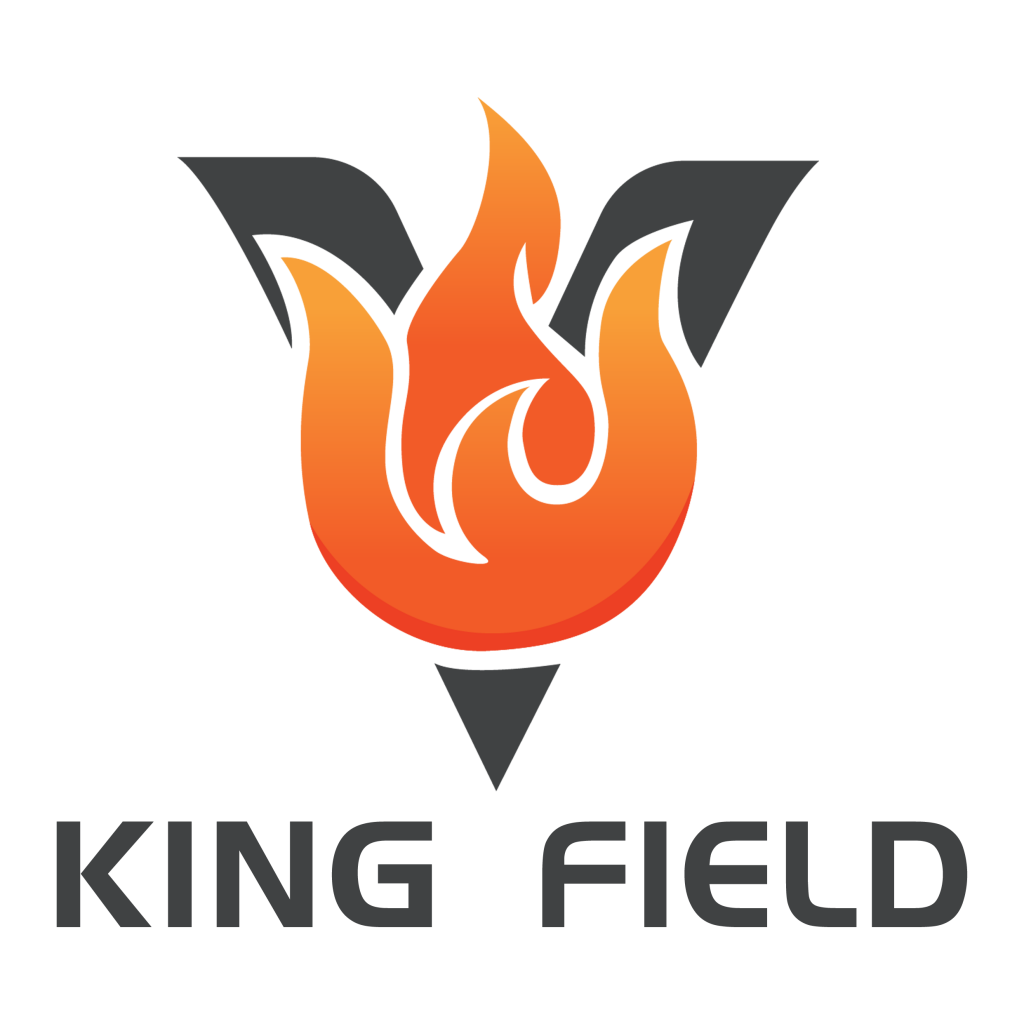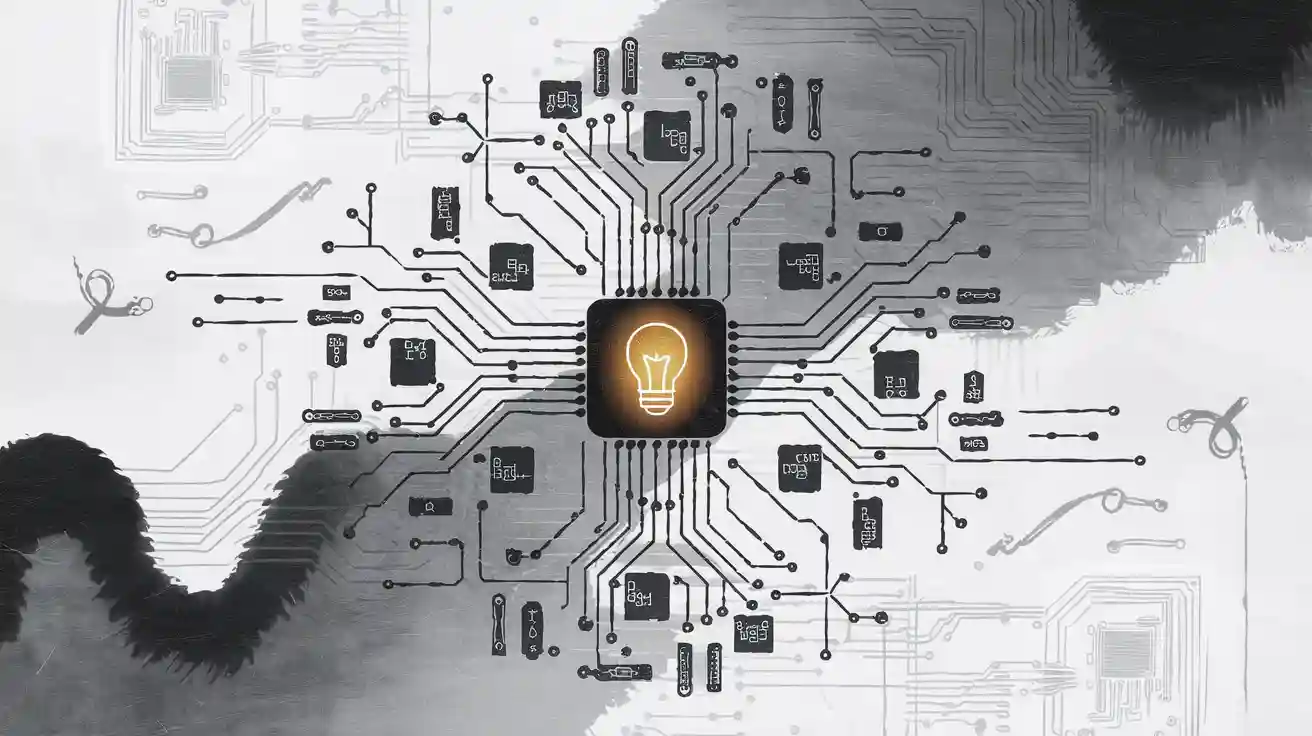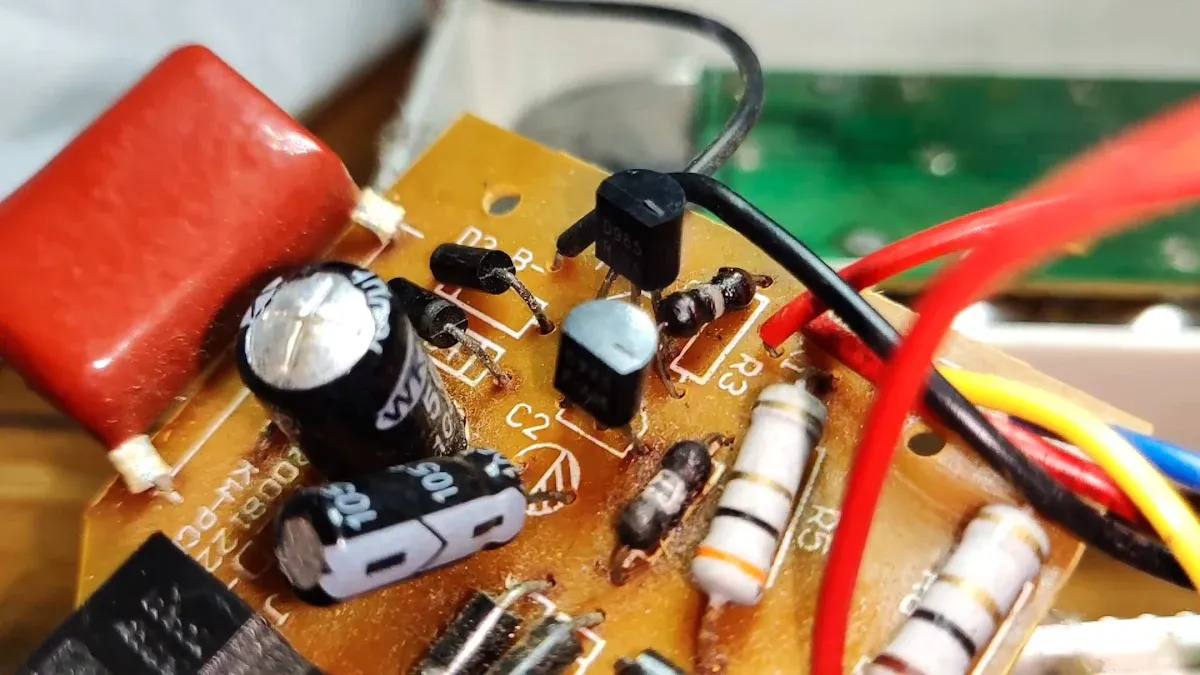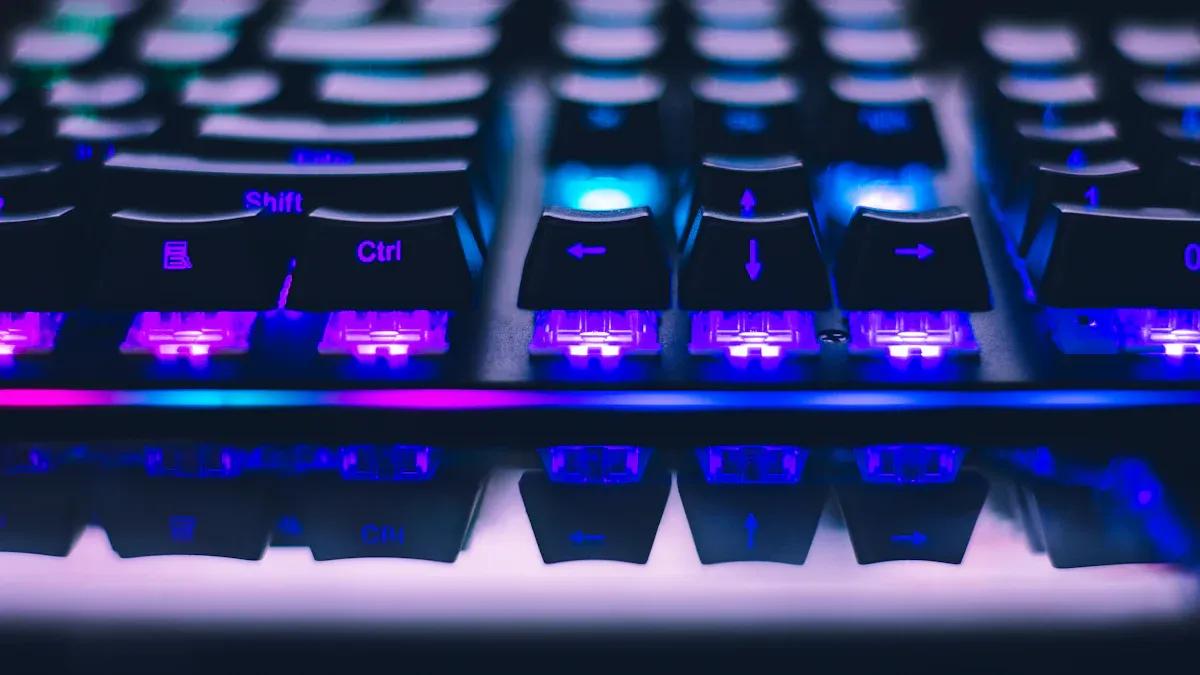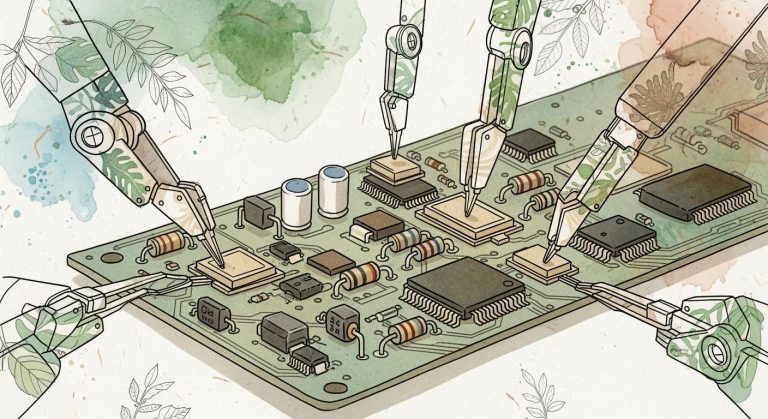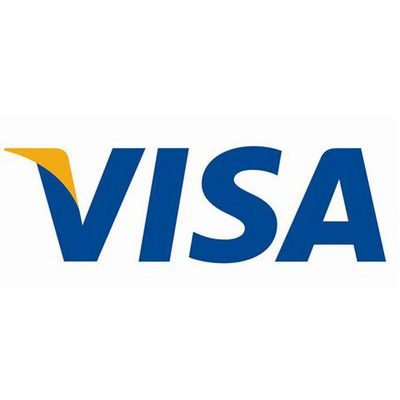Top 10 essential circuit board symbols every beginner should know
Circuit board symbols are like the alphabet of electronics, and knowing the top 10 circuit board symbols is essential. They help you understand how parts work together in a circuit. Without these symbols, reading or creating circuits becomes very challenging. Learning the top 10 circuit board symbols allows you to read plans and build ideas effectively. This skill is the first step to mastering more complex electronics.
Begin with the basics, and soon you’ll feel at home with circuits!
Key Takeaways
- Knowing circuit board symbols is important for reading diagrams. Learn the top 10 symbols to get started.
- Resistors manage current flow and protect parts. Find their zigzag or box-like symbols in diagrams to see their job.
- Capacitors save and release energy, keeping voltage steady. Spot their symbols to know their role in circuits.
- Diodes let current move in only one direction. Check the diode symbol’s direction to connect it correctly.
- Integrated circuits (ICs) combine many parts into one chip. Understand their symbols to make building circuits simpler.
Resistor
Recognizing the resistor symbol
In a circuit diagram, the resistor symbol is easy to find. It looks like a zigzag line or sometimes a rectangle. This symbol shows a part that slows down the flow of electricity. Resistors keep other parts safe by controlling the current.
There’s also a special resistor called a Light Dependent Resistor (LDR). Its symbol is a rectangle with two arrows pointing at it, showing light direction. This symbol is important in circuits that use light, like streetlights or brightness sensors. Knowing these symbols helps you see where resistors are and how they work with other parts.
Function of resistors in circuits
Resistors are very important in circuits. They control how much current flows, making sure parts like LEDs or transistors get the right power. Without them, these parts could break or overheat.
Resistors also split voltage in circuits. For example, they can give different voltage levels to different parts. This is needed in devices like radios or amplifiers, where exact voltage is important.
Resistors help with timing too. When used with capacitors, they create delays or patterns. This is useful in clocks, alarms, and devices that need timed actions. Learning about resistors shows why they are one of the top 10 circuit board symbols beginners should know.
Tip: Try finding resistor symbols in simple diagrams to get better!
Capacitor
Different capacitor symbols
Capacitors have various types, and their symbols show this. The most common symbol has two straight lines. These lines represent the plates inside the capacitor. This symbol is for non-polarized capacitors, which work in any direction. You’ll see them in circuits where direction doesn’t matter.
Polarized capacitors, like electrolytic ones, use a different symbol. One line stays straight, but the other is curved. This shows the capacitor has a positive and negative side. You must connect it correctly to avoid damage. Another type is the variable capacitor symbol. It has an arrow across the two lines. This means the capacitance can change, which is helpful in radios and tuning circuits.
Knowing these symbols helps you spot capacitor types in circuits. It’s important for understanding how parts work together. That’s why capacitors are one of the top 10 circuit board symbols beginners should learn.
How capacitors store energy
Capacitors are like small energy storage devices in circuits. They hold electrical energy between their plates. When extra power is needed, they release it. This helps keep voltage steady and smooths out changes.
You’ll find capacitors in power supplies to keep voltage stable. They also help with timing in circuits. When used with resistors, they create delays or control signal frequency. This is why they’re used in clocks, oscillators, and audio devices.
Capacitors also filter signals. They block direct current (DC) but let alternating current (AC) pass. This helps remove noise or separate signals in circuits. By learning how capacitors work, you’ll see why they’re so important in circuit design.
Tip: Look for capacitor symbols in diagrams to improve your skills!
Inductor
Recognizing the inductor symbol
The inductor symbol is simple to spot in diagrams. It looks like loops or coils, showing the wire inside the part. Sometimes, it’s drawn as a rectangle with a coil inside. This symbol shows where the inductor is and how it connects to other parts.
Think of this symbol as a tiny magnet maker. Inductors store energy as a magnetic field when current flows through them. This special feature makes them important in many devices. Learning this symbol is another step to understanding circuit board symbols.
What inductors do in circuits
Inductors are important because they control current and store energy. They stop sudden changes in current, keeping circuits steady. For example, in power supplies, inductors smooth out current changes for devices like computers.
Inductors also filter signals by blocking high frequencies and letting low ones pass. This is useful in radios, speakers, and communication tools. They work with capacitors to make oscillators, which create frequencies for clocks or transmitters.
Inductors are often used in transformers to move energy between circuits using magnetic fields. This adjusts voltage levels so devices can work safely. Knowing how inductors work shows why they’re important in circuit design.
Tip: Look for inductor symbols in easy diagrams to practice!
Diode
Understanding the diode symbol
The diode symbol is simple and easy to recognize. It has a triangle pointing to a straight line. The triangle shows the anode (+), and the line shows the cathode (–). Diodes only let electricity flow in one direction. If connected the wrong way, they block the current and stop the circuit from working.
You’ll see this symbol in circuits that need controlled current flow. For example, diodes are used in power supplies to change AC into DC. Knowing the diode symbol helps you understand its role in a circuit. Always check the triangle and line direction in diagrams. This shows how the diode works with other parts.
Tip: Practice finding the diode symbol in simple diagrams to learn faster.
How diodes control current flow
Diodes work like one-way doors for electricity. They let current flow from the anode to the cathode but block it the other way. This makes them important for protecting parts from reverse currents that could cause damage.
In rectifier circuits, diodes turn AC into DC. They do this by letting only the positive part of the AC wave pass. This creates a steady DC output, which powers many devices. Diodes also help process signals. They can separate signals or limit voltage to keep circuits safe.
LEDs are special diodes that give off light when current flows through them. They are used in displays and as indicators. Learning how diodes work shows why they are one of the top 10 circuit board symbols beginners should know.
Note: Always check a diode’s direction before adding it to a circuit.
LED (Light Emitting Diode)
How the LED symbol is different from a diode symbol
The LED symbol looks like the diode symbol but has extra arrows. Both symbols have a triangle pointing to a straight line. The LED symbol adds two small arrows pointing outward. These arrows show the light that LEDs give off when powered. This makes it easy to spot LEDs in circuit diagrams.
LEDs are different from regular diodes because they glow when electricity flows. The triangle and line in the symbol show how to connect it. If connected backward, the LED won’t light up. Knowing this symbol helps you understand how LEDs work in circuits. It also helps you avoid mistakes when building electronics.
Tip: Always check the LED symbol’s direction in diagrams before connecting it.
How LEDs are used in circuits
LEDs are used in many devices because they are so useful. They act as indicators, lighting up to show if something is on. You can find them in power buttons, remotes, and charging lights.
LEDs are also used for lighting because they save energy and last long. They are in flashlights, car headlights, and home lights. You’ll also see them in holiday lights and decorative displays.
In communication devices, LEDs are very important. Infrared LEDs send signals in remotes for TVs and appliances. In screens, LEDs make the tiny lights (pixels) that show pictures and text. They can shine in many colors, making them great for signs and displays.
Learning about LEDs shows why they are one of the top 10 circuit board symbols. Their special features make them very important in today’s electronics.
Note: Try building simple LED circuits to see how they work and what they can do.
Transistor
Common transistor symbols
Transistors are very useful parts in electronics. Their symbols in diagrams show their type and job. The two main types are Bipolar Junction Transistors (BJTs) and Field Effect Transistors (FETs). Each has its own special symbol.
BJTs come in two kinds: NPN and PNP. Both have three parts—emitter, base, and collector. The emitter’s arrow shows the difference. In NPN transistors, the arrow points out, meaning current flows out. In PNP transistors, the arrow points in, meaning current flows in.
FETs have symbols with a gate, source, and drain. The most common FETs are MOSFETs (Metal-Oxide-Semiconductor Field-Effect Transistors). Their symbols often include a dashed line for the insulated gate. Knowing these symbols helps you see how transistors work in circuits.
Tip: Look at simple circuit diagrams to spot transistor symbols easily.
Importance of transistors in circuits
Transistors are very important in today’s electronics. They work as switches and amplifiers, making them key in many devices. As switches, they control current flow. For example, they turn circuits on and off in computers.
As amplifiers, transistors make weak signals stronger. This is useful in radios, audio devices, and communication tools. Without transistors, these gadgets wouldn’t work well.
Transistors also help in integrated circuits (ICs). They work together to do math, process data, and store information. Their small size makes them perfect for tiny devices like phones and laptops.
Learning about transistors helps you understand circuits better. They are one of the top 10 symbols to know. By studying their symbols and uses, you’ll get better at designing and fixing circuits.
Note: Try building simple circuits with transistors to see how they switch and amplify.
Ground
Recognizing the ground symbol
The ground symbol is easy to spot in circuit diagrams. It usually looks like three lines stacked, getting shorter as they go down. Sometimes, it looks like an upside-down triangle. Both symbols mean the same thing: a connection to the ground or a circuit’s reference point.
This symbol shows where the circuit connects to the Earth or a shared return path. This connection keeps the circuit steady and safe. You’ll often see the ground symbol near power sources or at the end of a circuit. Knowing this symbol helps you understand how circuits work. It’s one of the most important symbols for beginners to learn.
Tip: Look for the ground symbol in simple diagrams to practice.
Why grounding is critical in circuits
Grounding is very important for keeping circuits safe and working well. It gives a voltage reference point, making sure all parts work correctly. Without grounding, voltage could become unstable and damage parts.
Grounding also protects people and devices from electrical dangers. If something goes wrong, the ground sends extra current away, stopping shocks or fires. This is especially important in high-power circuits and home wiring.
Grounding also reduces electrical noise. It provides a stable path for unwanted signals, helping devices like radios and computers work better. By learning about grounding, you’ll see why it’s a key part of circuit design.
Note: Always check for proper grounding when building or fixing circuits to stay safe.
Battery
Different battery symbols
Battery symbols show the power source in circuit diagrams. They can look different based on the battery type or details shown. The most common symbol has two lines. The longer line is the positive side, and the shorter line is the negative side. This symbol is often used for single-cell batteries.
For batteries with more cells, the symbol has more pairs of lines. Each pair shows a cell, explaining how the battery stores and gives energy. Some symbols have extra marks, like dots or labels, to show special types like rechargeable or lithium-ion batteries.
Simpler diagrams may use a basic battery symbol without polarity marks. Even then, the longer line is always positive. Learning these symbols helps you find the power source in diagrams. This makes it easier to understand how circuits work.
Tip: Look at different diagrams to practice spotting battery symbols.
How batteries power circuits
Batteries are important because they give energy to circuits. They store chemical energy and turn it into electricity when connected. This makes them useful for portable devices like flashlights and remotes.
In circuits, batteries keep current flowing to make parts work. For example, in a flashlight, the battery powers the bulb or LED to make light. In bigger circuits, batteries work with resistors and capacitors to control voltage and current. This keeps sensitive parts safe.
Rechargeable batteries are even better. You can use them again and again, saving money and reducing waste. Devices like laptops and electric cars depend on these batteries for storing and giving energy.
Knowing how batteries work shows why they are one of the top 10 circuit board symbols. They are the main energy source that makes circuits come alive.
Note: Always check the battery’s positive and negative sides before connecting it.
Switch
Common switch symbols
Switch symbols show parts that control electricity in circuits. A basic switch symbol looks like a break in a line with a small lever or dot. This shows where the circuit can open or close. When the switch is closed, electricity moves through. When it’s open, the flow stops.
There are different kinds of switch symbols. The simplest one is the single-pole single-throw (SPST) switch. It has one line and one lever, working like an on/off switch. A single-pole double-throw (SPDT) switch has one input and two outputs. Its symbol shows a lever that connects to either output. This type is good for switching between two circuits.
Push-button switches are also common. Their symbols have a line with a small circle or rectangle. These switches only work while pressed. Toggle switches are different. They have a lever that stays in place until moved again. Learning these symbols helps you understand how switches work in circuits.
Tip: Look at simple diagrams to practice finding switch symbols.
How switches control circuit operations
Switches are important for controlling circuits. They act like gates, letting you start or stop electricity. For example, flipping a light switch completes the circuit, turning the light on. Flipping it off breaks the circuit, stopping the current.
Switches can also pick between circuit paths. In a fan with speeds, a switch sends current to different resistors to change speed. In audio devices, switches let you choose between a microphone or music player.
Push-button switches are used in things like keyboards or calculators. Pressing them completes a circuit, sending a signal to do something. Toggle switches are used in tools or appliances where a steady on/off position is needed.
Knowing how switches work shows why they are one of the top 10 circuit board symbols. They give control and flexibility, making them very useful in electronics.
Note: Always check the switch symbol in a diagram to know its purpose.
Integrated Circuit (IC)
Why the IC symbol matters
The integrated circuit (IC) symbol is easy to recognize. It looks like a rectangle or square with small lines (pins) on its sides. These pins show where the IC connects to other parts in the circuit. Each pin has a job, like giving power, connecting to ground, or sending signals. By looking at the IC symbol, you can tell what it does and how it links to other parts.
The IC symbol is important because it makes complex circuits simpler. Instead of showing all the tiny parts inside the IC, the symbol shows the whole chip as one piece. This makes circuit diagrams easier to read and understand. You’ll see IC symbols in plans for computers, phones, and even home gadgets. Learning this symbol helps you understand how modern electronics work.
Tip: Check the labels near the IC symbol in diagrams. These labels tell you what type of IC it is, like a timer or microcontroller.
How ICs make circuits easier
Integrated circuits changed electronics by putting many parts into one chip. Before ICs, circuits needed lots of separate parts like resistors and transistors. This made them big and hard to build. ICs solved this by combining these parts into a small chip, making designs smaller and simpler.
Using ICs saves time and effort. Instead of connecting many parts, one IC can do the same job. For example, a 555 timer IC can handle timing tasks that used to need several parts. This makes ICs great for both simple and advanced projects.
ICs are also more reliable. Fewer connections mean fewer problems or mistakes. They use less power and stay cooler, which is perfect for portable devices. By learning about IC symbols and how they work, you can create better circuits. That’s why ICs are one of the top 10 circuit board symbols beginners should know.
Note: Start with simple ICs like the 555 timer to see how they can improve your projects.
Learning the top 10 circuit board symbols is very helpful. These symbols are like a shared language for electronics. They make it easier to understand and work with others. By knowing these symbols, you can read plans, fix problems, and create new ideas. Practice finding these symbols in diagrams and using them in projects. This will improve your skills and get you ready for harder electronics topics.
FAQ
Why are circuit board symbols important?
Circuit board symbols show how parts connect and work in a circuit. They are like a shared language for electronics, helping you design, fix, and share ideas easily.
How can I learn to recognize circuit board symbols?
Begin with easy circuit diagrams. Find symbols like resistors, capacitors, and diodes. Use beginner kits or online tools to practice and build circuits.
Are circuit board symbols used the same everywhere?
Yes, most symbols follow global rules like IEC or ANSI. This keeps them the same, so you can understand diagrams from any country.
Do I need to remember all circuit board symbols?
No, you don’t need to know every symbol. Start with key ones like resistors, capacitors, and transistors. Over time, you’ll learn more as you practice.
Can I use programs to design circuits with symbols?
Yes, programs like KiCad or Eagle help you design circuits. They make it easier to see how parts fit and work together.
